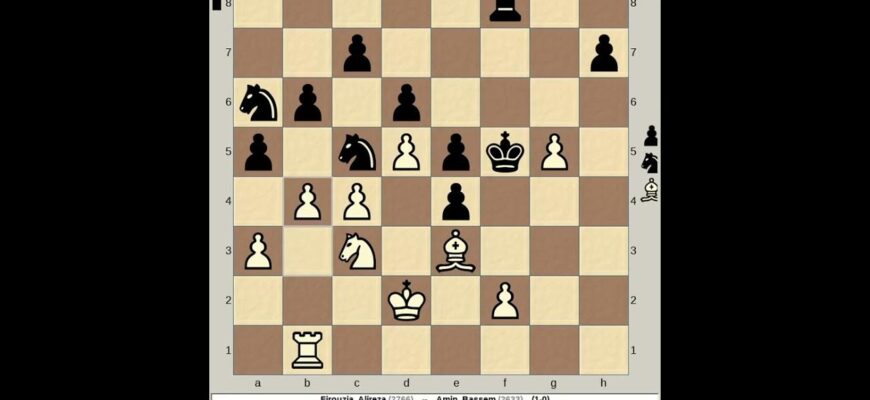The world of professional chess is currently captivated by the FIDE Grand Swiss and FIDE Women`s Grand Swiss 2025. This isn`t just another tournament; it`s a pivotal proving ground where strategic brilliance meets relentless competition, all for a coveted spot in the ultimate pathway to the World Championship title.
The Grand Stage: What`s at Stake?
Both the Open and Women`s sections of the Grand Swiss are structured as demanding 11-round Swiss Opens. For those unfamiliar with the format, a Swiss system pairs players with similar scores, ensuring a dynamic and highly competitive progression throughout the event. Unlike a traditional knockout, every point matters, and consistent performance is key.
The ultimate prize on offer is immense: two spots in the 2026 Candidates Tournaments. For any aspiring World Champion, the Candidates Tournament is the essential next step, determining who will challenge the reigning champion for the pinnacle of chess glory. The Grand Swiss, therefore, serves as a crucial qualifier, making every move and every game laden with significance.
The Relentless March of Time: Understanding Controls
In the high-stakes environment of professional chess, time is as much an opponent as the person across the board. The Grand Swiss tournaments feature distinct, yet equally challenging, time controls:
- Open Section: Players are allotted 100 minutes for their first 40 moves, followed by 50 minutes for the subsequent 20 moves. If the game extends further, a final 15 minutes is added for the rest of the game, with a 30-second increment from the very first move. This incremental time, a subtle nod to the complexities of modern chess, ensures players aren`t completely devoid of thought time in critical endgame positions.
- Women`s Section: A slightly different structure applies, with 90 minutes for the first 40 moves, followed by 30 minutes for the remainder of the game. A 30-second increment is also in effect from move one, keeping the pace brisk but allowing for critical decision-making.
These time constraints transform pure strategy into a race against the clock, where efficiency of thought is paramount. A brilliant plan conceived too slowly can be as fatal as a poor one executed quickly.
Navigating the Maze: Tie-Break Rules
In tournaments of this magnitude, it`s not uncommon for multiple players to finish with the same number of points. To ensure fairness and identify the true victors, sophisticated tie-break criteria are employed. The primary tie-break for the Grand Swiss is the Average Rating of Opponents Cut 1 (AROC 1). This means that when calculating a player`s average opponent rating, the lowest-rated opponent`s score is judiciously discarded. It`s a system designed to reward those who have faced a tougher field, implicitly acknowledging that a player who navigates a gauntlet of strong opponents deserves higher standing.
The Grind and the Respite: Tournament Schedule
The Grand Swiss is an intense marathon, not a sprint. Rounds commence daily from Thursday, September 4th, until Monday, September 15th. Recognizing the immense mental strain, a much-needed rest day is strategically placed on Wednesday, September 10th, allowing competitors to recharge their intellectual batteries before the final, decisive rounds.
Beyond the Board: The Spectacle of Strategy
While the rules and structure provide the framework, the true essence of the Grand Swiss lies in the human drama unfolding across 64 squares. Here, grandmasters and rising stars pit their intellects against each other, crafting intricate plans, executing dazzling tactical sequences, and defending with stoic resolve. Each game is a narrative of ambition, calculated risk, and the relentless pursuit of perfection.
As the tournament progresses, the pressure will undoubtedly mount. Every half-point gained or lost could be the difference between a place in the Candidates and another four-year wait. It`s a high-wire act of intellectual prowess, and chess enthusiasts globally are watching with bated breath.







